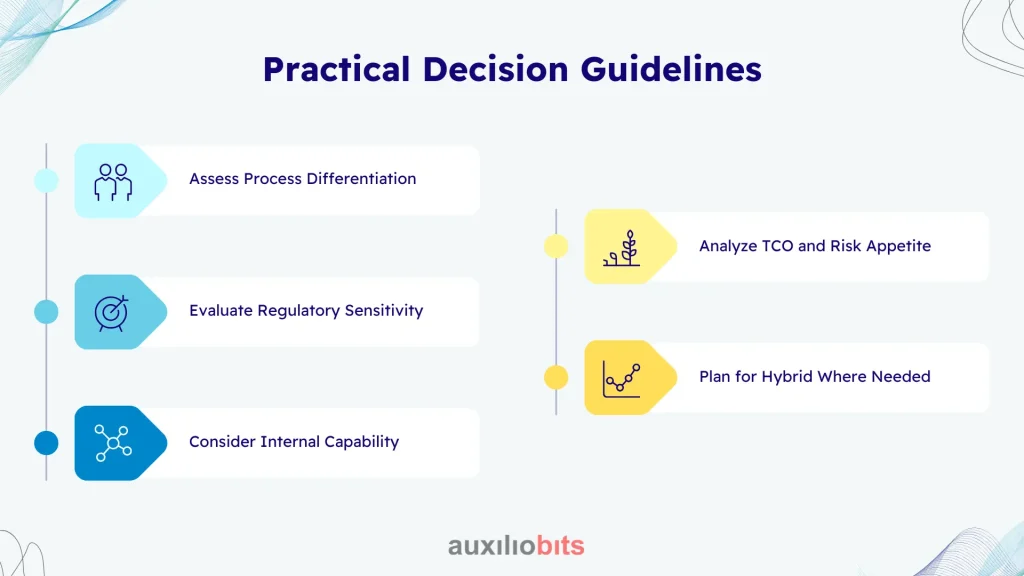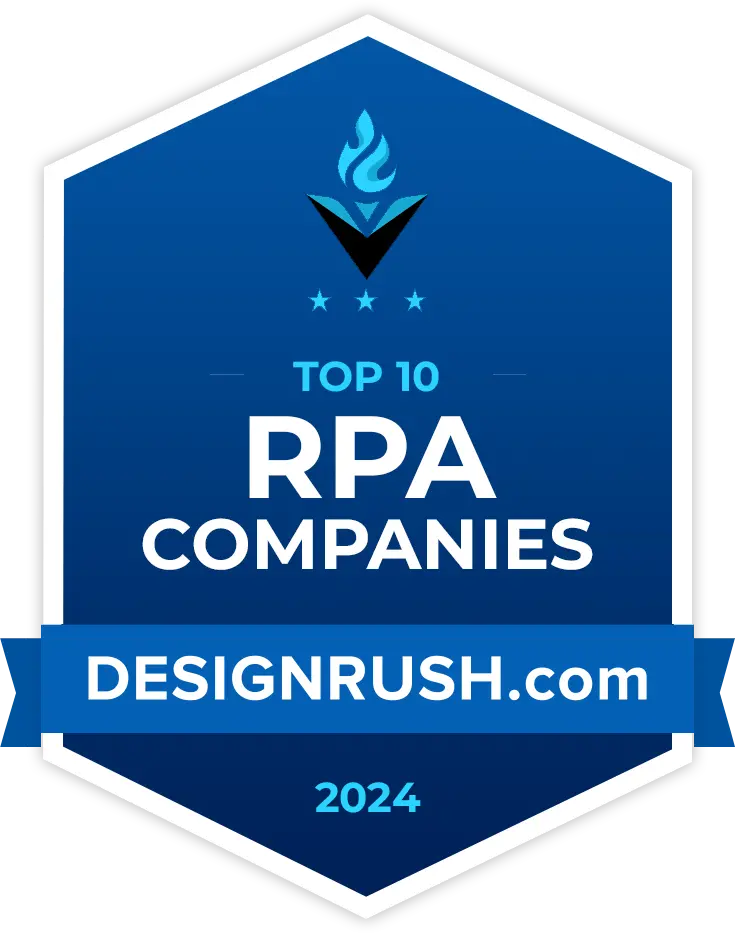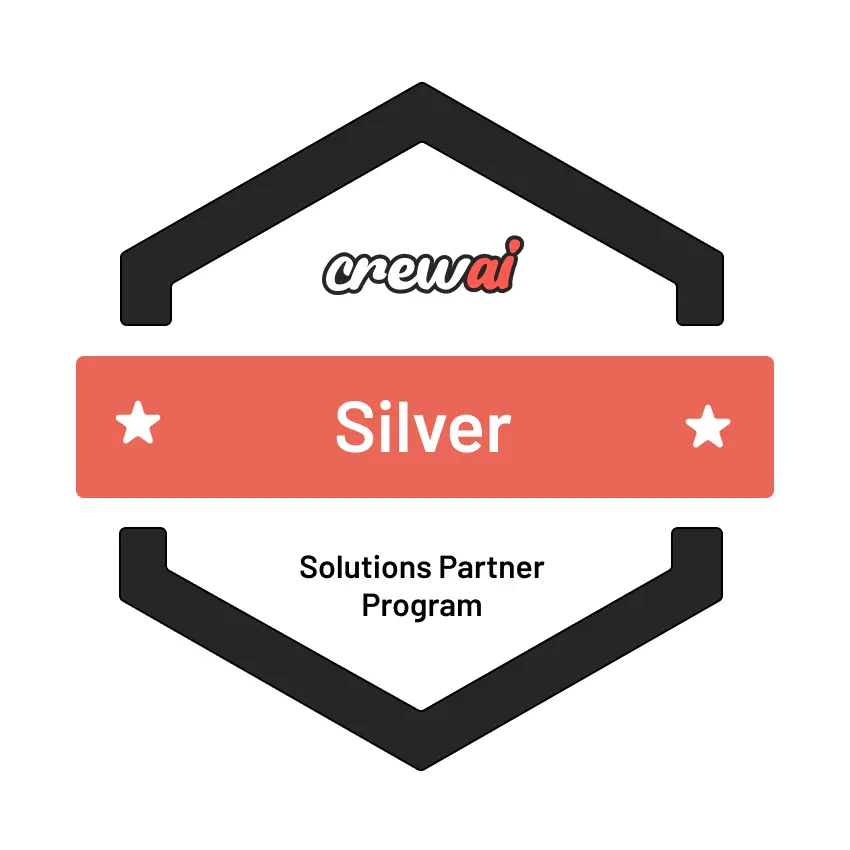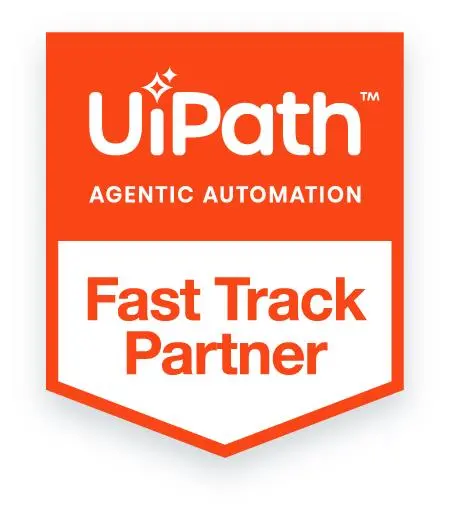
Key Takeaways
- Custom builds offer unmatched control and differentiation but come with higher upfront costs and ongoing maintenance challenges.
- Managed platforms provide speed, expertise, and predictable operations but can limit flexibility and strategic control.
- Hybrid strategies often balance the benefits of both approaches, enabling customization for critical processes while leveraging vendor infrastructure for scalability.
- Governance, change management, and data compliance are non-negotiable, regardless of platform choice.
- Practical decisions hinge on process uniqueness, regulatory sensitivity, internal capability, TCO considerations, and strategic goals.
The adoption of agentic automation—autonomous AI agents capable of executing complex workflows with minimal human intervention—is no longer an academic curiosity. Enterprises across finance, manufacturing, and healthcare are grappling with a familiar conundrum: should they invest in building a bespoke agentic automation platform or leverage a managed solution from a partner? The answer is rarely binary. In practice, the decision often depends on factors such as process complexity, regulatory environment, internal capabilities, and long-term strategic goals.
Also read: Change management: aligning people, process, and agentic automation adoption
Understanding the Agentic Automation Space
Before assessing build versus buy, it’s worth clarifying what “agentic automation” entails. Unlike traditional RPA, which executes rule-based tasks with predictable inputs, agentic automation operates in semi-structured or dynamic environments. Agents can monitor multiple data sources, make decisions based on context, and even coordinate with other agents. For example, in financial services, an agent could autonomously detect anomalous transactions, alert compliance teams, and trigger remedial processes—all without explicit human oversight.
The inherent sophistication of these agents introduces both opportunity and risk. On the one hand, organizations can achieve a level of efficiency, adaptability, and insight previously impossible. On the other hand, errors or misconfigurations can cascade across systems, leading to compliance breaches, operational disruptions, or reputational damage.
It’s against this backdrop that the build-versus-partner question arises.
The Case for Custom-Built Agentic Platforms
Custom development offers maximum control. When a company opts to build its agentic automation infrastructure in-house, it can tailor the platform precisely to internal processes. integrate with legacy systems, and enforce governance policies in ways off-the-shelf platforms might not accommodate.
When Build Makes Sense
1. Highly Differentiated Processes
Certain enterprises operate with workflows that are unique to their competitive advantage. Consider a global pharmaceutical firm with proprietary clinical trial workflows. Off-the-shelf solutions might lack the flexibility to accommodate the complex decision rules, multi-step validations, and compliance tracking inherent in these processes. A custom-built platform allows the organization to embed its intellectual property directly into automation.
2. Regulatory or Security Constraints
Industries like banking or defense often face strict regulations that dictate data residency, auditability, and process control. A managed platform might store sensitive information in a multi-tenant cloud environment, raising compliance concerns. In contrast, a custom deployment—on-premises or in a private cloud—enables tighter control over data flows and audit logs.
3. Long-Term Strategic Investment
For enterprises viewing automation as a core strategic differentiator, investing in a proprietary platform can make sense. Ownership allows for iterative improvement, full customization of agent orchestration, and internal skill development. Over time, a well-maintained custom platform can become a significant asset.
However, building is not without trade-offs. The upfront costs are high, encompassing architecture design, AI agent development, integration layers, and testing. Maintenance is ongoing, particularly as agents interact with evolving enterprise systems and external data sources. There’s also a talent challenge: skilled developers and AI engineers are scarce, and keeping them engaged over long build cycles is difficult.
The Case for Managed Platforms
Managed agentic platforms, offered by third-party vendors, promise faster deployment, prebuilt integrations, and ongoing support. They appeal to organizations seeking agility, risk reduction, and operational predictability.
When Partner Makes Sense
1. Rapid Time-to-Value
If your goal is to accelerate automation in high-volume, moderately complex processes, managed platforms provide a head start. For instance, a logistics company leveraging a managed platform was able to deploy agents that autonomously reconciled purchase orders with shipment data within six weeks—something that would have taken months to develop internally.
2. Access to Expertise
Vendor platforms are typically backed by teams that specialize in AI, orchestration, and workflow optimization. Partnering allows enterprises to leverage best practices, pre-trained agent models, and domain-specific accelerators without having to build deep internal expertise from scratch.
3. Scalability Without Heavy Maintenance
Managed solutions handle underlying infrastructure, updates, and performance monitoring. This offloads a significant portion of operational overhead. Enterprises can scale agent deployments across departments without worrying about patching dependencies, updating libraries, or managing orchestration engines.
4. Cost Predictability
While subscription fees exist, managed platforms often reduce long-term operational risk. The “hidden costs” of maintenance, incident management, and system tuning are absorbed by the vendor, making budgeting more predictable.
On the flip side, reliance on external platforms introduces dependency risk. Vendor lock-in, limited flexibility, or mismatched roadmaps can constrain future innovation. Additionally, sensitive data may require special contractual and technical provisions to ensure compliance.
Hybrid Approaches: Best of Both Worlds
Increasingly, enterprises are adopting hybrid strategies: building critical, differentiating components in-house while leveraging managed services for standard functionalities. For example:
- A bank may develop its own compliance-checking agent, embedded with proprietary rules, but use a managed orchestration platform to coordinate agents across multiple departments.
- A healthcare provider might create custom patient data validation agents but rely on a managed platform for infrastructure monitoring, scaling, and logging.
Hybrid strategies offer flexibility and mitigate some of the extremes of fully building or fully buying. Yet they introduce integration complexity. Coordinating between internally developed agents and vendor-managed components requires robust APIs, standardized data models, and clear governance frameworks.
Evaluating Build vs. Partner: Key Factors
To make an informed decision, organizations should weigh multiple dimensions:
| Factor | Custom-Built | Managed Platform | Notes |
| Control | Maximum | Moderate | Build allows full architectural choices. |
| Time-to-Value | Long | Short | Managed solutions are often plug-and-play. |
| Cost Structure | High upfront, lower long-term marginal cost if maintained well | Predictable subscriptions, lower upfront | Total cost depends on scale and complexity. |
| Scalability | Dependent on internal capacity | Vendor-managed, usually elastic | Managed platforms remove infrastructure bottlenecks. |
| Security & Compliance | Fully customizable | Vendor-dependent | Contractual and technical measures may mitigate risk. |
| Innovation | Full freedom | Limited to the vendor roadmap | Build allows proprietary advantage; the partner may innovate faster in general AI improvements. |
| Talent Requirement | High | Moderate | Managed solutions reduce internal skill burden. |
Real-World Examples
1. Global Manufacturing Firm
A multinational manufacturer faced repetitive, cross-system invoice validation across its 12 regional ERPs. Initially, the company tried a managed platform but found that nuances in local tax regulations and ERP customizations required constant configuration. They pivoted to a partially custom approach: a central orchestration layer with bespoke agents for each region, while still leveraging vendor-provided monitoring tools. Result: faster adoption, fewer exceptions, and controlled long-term TCO.
2. Healthcare Payer Organization
To automate eligibility verification and claims processing, the payer opted entirely for a managed platform. The vendor offered prebuilt AI agents trained on industry-standard data, reducing deployment time from six months to six weeks. In this case, internal IP was less critical than speed, compliance, and integration with existing EHR/claims systems.
3. Financial Services Firm
For high-stakes trading compliance, the firm built a custom agentic platform capable of flagging anomalous trades in real-time, embedding proprietary risk rules. They complemented this with a managed orchestration tool to track agent performance, monitor anomalies, and generate audit reports. The hybrid approach balanced precision, oversight, and operational efficiency.
Pitfalls and Lessons Learned
Regardless of approach, there are common challenges:
- Underestimating Governance Needs: Agentic automation can self-propagate errors across workflows. Without strong governance, both custom and managed solutions can fail spectacularly.
- Overengineering: Sometimes, enterprises build custom platforms for tasks that could have been automated using a simple managed agent. This inflates cost and complexity unnecessarily.
- Vendor Lock-In Surprises: Managed platforms may offer rapid deployment, but can limit flexibility when processes evolve. Evaluate exit strategies before committing.
- Cultural Resistance: Agents change how work is done. Adoption fails if employees aren’t trained, consulted, or incentivized appropriately.
Practical Decision Guidelines
Here’s a condensed heuristic for enterprises navigating this choice:

1. Assess Process Differentiation
- Core, highly specialized processes → lean toward custom.
- Standardized, high-volume workflows → consider managed.
2. Evaluate Regulatory Sensitivity
- High-stakes compliance → custom or hybrid with strict controls.
- Low-risk operations → managed is sufficient.
3. Consider Internal Capability
- Skilled AI engineers, DevOps, and orchestration experts → custom feasible.
- Limited internal expertise → managed preferred.
4. Analyze TCO and Risk Appetite
- Willing to invest upfront for long-term control → custom.
- Desire predictable costs and faster ROI → managed.
5. Plan for Hybrid Where Needed
- Some functions may require bespoke logic, while the rest can leverage a vendor’s infrastructure.
Final Thoughts
There is no universal answer to “build or partner.” The choice is context-specific and dynamic. Some organizations start with managed platforms to learn and scale quickly, only to migrate parts of their automation into custom-built solutions as processes mature. Others invest in proprietary platforms from day one to protect strategic advantage or meet stringent compliance requirements.
The key is not to treat agentic automation as just another software deployment. It’s a strategic lever, capable of reshaping how decisions are made, work is executed, and value is delivered. Decisions about platform choice should consider not only immediate technical feasibility but also long-term adaptability, risk tolerance, and organizational culture.
Ultimately, the companies that navigate this landscape successfully are those willing to experiment, learn fast, and adapt their automation strategy as both technology and business needs evolve.








